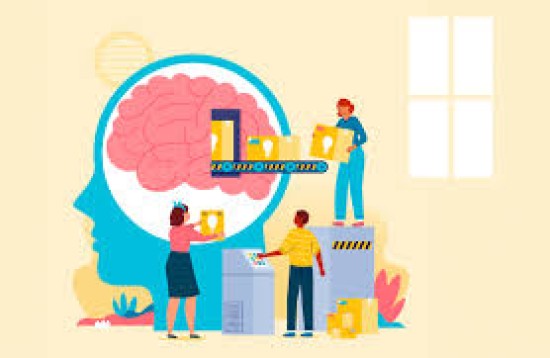From Concept to Creation: The Role of Collaboration in Engineering Innovation
Category: Blog | Published: Tue, 25-02-2025

In the ever-evolving world of engineering, innovation is the lifeblood that drives progress. From groundbreaking technologies to sustainable infrastructure, the journey from a simple concept to a tangible creation is rarely a solitary endeavor. Instead, it thrives on collaboration—a dynamic interplay of diverse minds, skills, and perspectives working together to solve complex problems. This post explores how collaboration fuels engineering innovation, transforming ideas into reality and shaping the future of technology and society.
The Genesis of an Idea
Every engineering innovation begins with an idea—a spark of inspiration that addresses a challenge or fulfills a need. However, an idea alone is not enough. It requires refinement, validation, and a clear path to execution. This is where collaboration comes into play. Engineers, designers, scientists, and stakeholders must come together to brainstorm, critique, and build upon the initial concept. Diverse perspectives ensure that the idea is not only feasible but also innovative and impactful.
For example, the development of electric vehicles (EVs) didn’t start with a single engineer working in isolation. It required the collaboration of mechanical engineers, electrical engineers, software developers, environmental scientists, and even policymakers to create a viable and sustainable solution for modern transportation.
Breaking Down Silos
One of the biggest challenges in engineering innovation is the tendency for teams to work in silos. When departments or disciplines operate independently, critical insights and expertise can be overlooked. Collaborative engineering breaks down these barriers, fostering open communication and knowledge sharing. By integrating expertise from multiple fields—such as robotics, materials science, and artificial intelligence—teams can tackle problems holistically and develop more robust solutions.
Take, for instance, the construction of smart cities. This ambitious endeavor requires the collaboration of civil engineers, urban planners, data scientists, and environmental experts to design infrastructure that is not only efficient but also sustainable and responsive to the needs of its inhabitants.
The Role of Technology in Collaboration
Advancements in technology have revolutionized the way engineers collaborate. Tools like cloud-based platforms, 3D modeling software, and virtual reality enable teams to work together seamlessly, regardless of geographical boundaries. Real-time collaboration tools allow engineers to share designs, provide feedback, and iterate quickly, accelerating the innovation process.
For example, in aerospace engineering, teams spread across the globe can collaborate on the design of a new aircraft using shared digital models. This level of connectivity ensures that every component, from the engine to the fuselage, is optimized for performance and safety.
From Prototype to Production
The transition from a prototype to a finished product is a critical phase in the innovation process. Collaboration ensures that the design is not only functional but also manufacturable, cost-effective, and scalable. Engineers must work closely with manufacturers, supply chain experts, and quality assurance teams to address potential challenges and refine the product.
A great example of this is the development of renewable energy technologies, such as wind turbines. Engineers collaborate with material scientists to design lightweight yet durable blades, while logistics experts ensure that the components can be transported and assembled efficiently. This collaborative effort is essential for bringing sustainable energy solutions to market.
The Human Element: Trust and Communication
At the heart of successful collaboration is trust and effective communication. Engineers must be willing to listen, adapt, and embrace diverse viewpoints. A culture of mutual respect and open dialogue fosters creativity and encourages team members to take risks, knowing that their contributions are valued.
For instance, in the medical device industry, collaboration between engineers and healthcare professionals is crucial. By understanding the needs of doctors and patients, engineers can design devices that are not only technically advanced but also user-friendly and effective in real-world scenarios.
The Future of Collaborative Engineering Innovation
As the world faces increasingly complex challenges—from climate change to urbanization—the importance of collaborative engineering innovation will only grow. The future will demand interdisciplinary teams that can think creatively, adapt quickly, and work together to develop solutions that are both innovative and sustainable.
Emerging fields like artificial intelligence, biotechnology, and quantum computing will further blur the lines between disciplines, making collaboration even more essential. By embracing a collaborative mindset, engineers can continue to push the boundaries of what’s possible, turning visionary concepts into transformative creations.
Conclusion
From concept to creation, collaboration is the driving force behind engineering innovation. It brings together diverse expertise, breaks down barriers, and leverages technology to solve problems and create solutions that shape our world. As we look to the future, fostering a culture of collaboration will be key to addressing global challenges and unlocking the full potential of human ingenuity. After all, the greatest innovations are not the work of individuals—they are the result of teams working together to turn ideas into reality.









